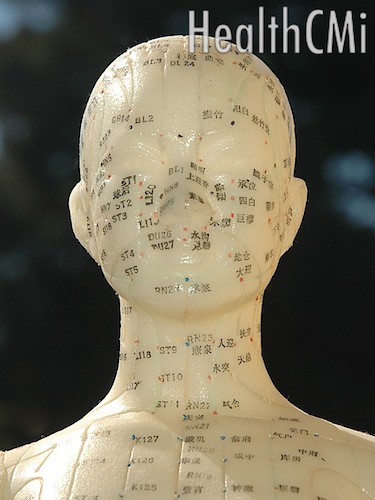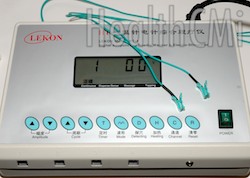University of Arizona doctors find acupuncture effective for the treatment of balance and gait disorders in Parkinson’s disease patients. The research team from the surgery and neurology departments measured significant clinical improvements in overall balance, gait speed and stride length. The results were published in Neurology, the official journal of the American Academy of Neurology. 
The researchers convened to measure objective improvements on balance and gait for Parkinson’s disease patients through the implementation of acupuncture. Balance and gait are the focus of therapeutics for Parkinson’s patients because they are predictors of the risk of falling and the impact on the quality of life. Parkinson’s disease is a progressive nervous system disorder affecting movement. Changes include the onset of tremors, slower movements, shuffling, difficulty swallowing, fainting, reduced arm sway, rigidity and changes in speech and gait. There is no known biomedical cure but medications including levodopa, COMT inhibitors, MAO-B inhibitors, dopamine agonists and other medications are used to control symptoms. Surgical interventions include the implantation of deep brain stimulators.
In the study, patients were randomly assigned to an acupuncture group or a control group. The acupuncture group received electroacupuncture. The control group received sham acupuncture to rule out variables including the placebo effect. Patients received one treatment per week for three weeks and each treatment duration lasted a total of 30 minutes.
Objective measurements were taken from various positions and during many types of activities. Balance measurements included assessment of the relationship between the mediolateral center of mass sway with the anteroposterior sway. These measurements were taken with the eyes open, closed and during multitasking. Gait measurements were taken during fast walking, postural transitions and related activities.
The researchers tabulated the results and measured an overall improvement in balance by 31% in the acupuncture group. Gait speed showed a significant increase by 10% and stride length increased by 5% for patients receiving acupuncture. Control group patients showed no improvements.
 Balance, gait and stride length were all significantly improved by the application of electroacupuncture. Use of a sham acupuncture control group eliminated the possibility of the placebo effect. As a result, the researchers concluded, “EA (electroacupuncture) is an effective therapy in improving certain aspects of balance and gait disorders in PD (Parkinson’s disease).”
Balance, gait and stride length were all significantly improved by the application of electroacupuncture. Use of a sham acupuncture control group eliminated the possibility of the placebo effect. As a result, the researchers concluded, “EA (electroacupuncture) is an effective therapy in improving certain aspects of balance and gait disorders in PD (Parkinson’s disease).”
Reference:
Lei, Hong, Nima Toosizadeh, Michael Schwenk, Scott Sherman, Stephen Karp, Saman Parvaneh, Esther Esternberg, and Bijan Najafi. "Objective Assessment of Electro-acupuncture Benefit for Improving Balance and Gait in Patients with Parkinson’s Disease (P3. 074)." Neurology 82, no. 10 Supplement (2014): P3-074.


